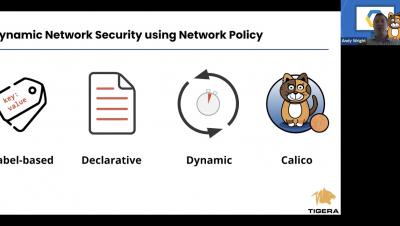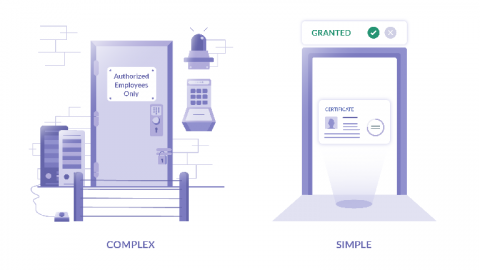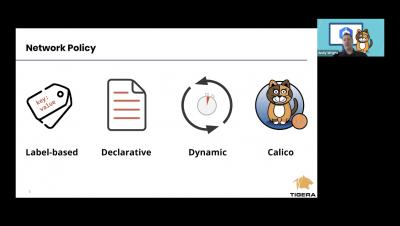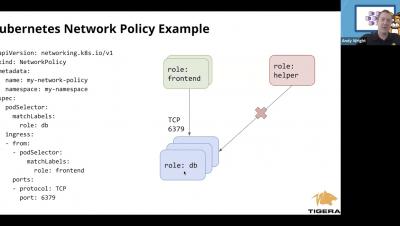Machine Learning APIs for Web Developers
Machine learning (ML) used to be a tool limited to specialized developers and dedicated teams. Now, thanks to many web service providers and approachable tooling, your applications can use pre-build learning models and machine learning techniques the same way you would use any web service API. This is a quick way to test out and benefit from machine learning without having to invest in artificial intelligence, building your own learning models, or shaping your application around ML.









